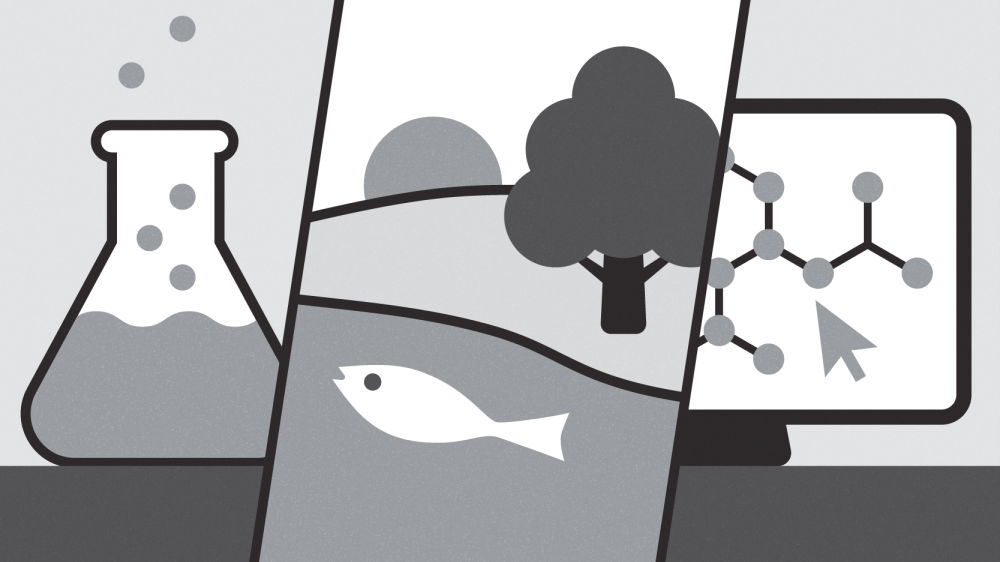Addressing animal use, cost and feasibility implications of proposed EU REACH requirements

Analysis led by the NC3Rs aims to inform new endocrine disruption testing requirements in the EU to avoid substantially increasing animal use and resource.
We have led an analysis of the anticipated animal use and financial resource associated with new proposals for endocrine disruptor-specific information requirements in the European Union’s Registration, Evaluation, Authorisation and Restriction of Chemicals (EU REACH) Regulation. The project was supported by an expert working group with representatives from regulatory agencies and industry (covering agrochemical and industrial chemicals) alongside expert consultants.
Read the publication: Resource and animal use implications of the proposed REACH information requirements for endocrine disruptor assessment.
The EU REACH legislation is in place to ensure a high level of protection of human health and the environment from chemical substances. There is increasing concern over the potential for chemicals to interfere with hormones leading to disruption of endocrine systems. This can result in cancer or infertility in humans and can also affect wildlife populations. The European Commission has drafted new requirements to specifically assess chemicals for their potential to cause endocrine disruption. Proposals for these new information requirements were set out in two policy options for further consideration. Both options would require many additional studies using vertebrate animals.
Our analysis showed that potentially more than 25 million animals could be used to conduct the required testing, at a cost of tens of billions of euros. This is regardless of which of the two policy options are adopted. Both options include initial in vitro testing on most chemicals, but overall there is a lack of clarity over how in vitro test results would be used to minimise animal studies. The proposed approaches described in the policy options are unlikely to be feasible in practice as the high testing demands will exceed the capacity of contract research organisations to conduct the studies and the European Chemicals Agency’s ability to process the testing proposals.
The working group identified several areas for further consideration and clarification. This includes where new approach methodologies (NAMs*) could be more widely used to replace or waive animal testing. NAMs are already starting to be incorporated into endocrine disruption assessment in existing EU regulations and further guidance and flexibility to consider NAM data should be considered before implementation of the proposed changes to EU REACH Regulation. The recommendations of the working group are in line with existing requirements within REACH to use data from animal tests “as a last resort” and with the EU’s Chemicals Strategy for Sustainability to “innovate in order to reduce dependency on animal testing but also to improve the quality, efficiency and speed of chemical hazard and risk assessments”.
The considerable implications in terms of potential animal use, cost and lack of feasibility of adopting either of the suggested proposals should be addressed during the ongoing discussions on the forthcoming REACH revisions and be taken in consideration by other national regulators looking to develop science-based, modern and sustainable international chemicals regulation. We hope this analysis contributes constructively to the discussions as this important regulatory area progresses.
Dr Natalie Burden, NC3Rs Head of NAMs Strategy
This work was co-funded by the UK’s Department for the Environment and Rural Affairs (Defra), Corteva Agriscience and Concawe (Concawe is the research division of the European Fuel Manufacturer’s Association).
*We use the term ‘NAMs’ here to reference ‘new approach methodologies’ which specifically describes replacement of animal technologies (full and partial) for use in assessing chemical or drug toxicity.
Hear from the NC3Rs NAMs Advisory Group as they discuss their paper on how to overcome the hurdles to embedding new approach methodologies (NAMs) in chemical and drug safety assessment.

Explore our programme of work building the evidence base to reduce animal use in regulatory testing for endocrine disruption.
Find out more about our vision for the UK to develop world-leading chemical safety testing that firmly embeds the 3Rs, in collaboration with the British Toxicology Society.
